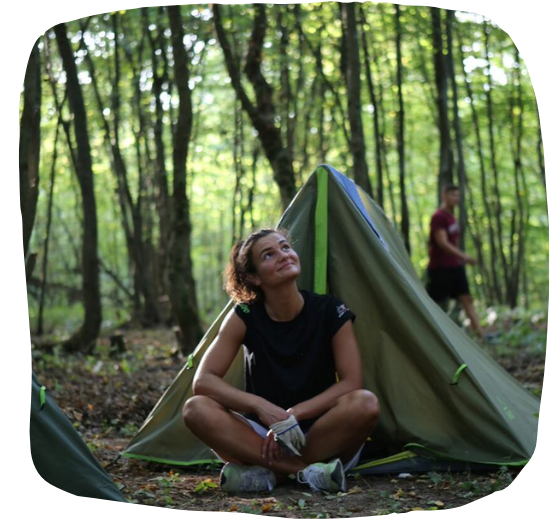Starting a campfire can be a fun and rewarding experience but can also be a bit daunting for beginners. However, with the right tools and some simple tips, anyone can get a fire going and enjoy its warmth and light. Learning how to start a campfire should not be difficult if someone with more experience guides you.
Here are some tips to help beginners get the most out of their adventure in the wild.
Contents
1. Choose a Safe Spot
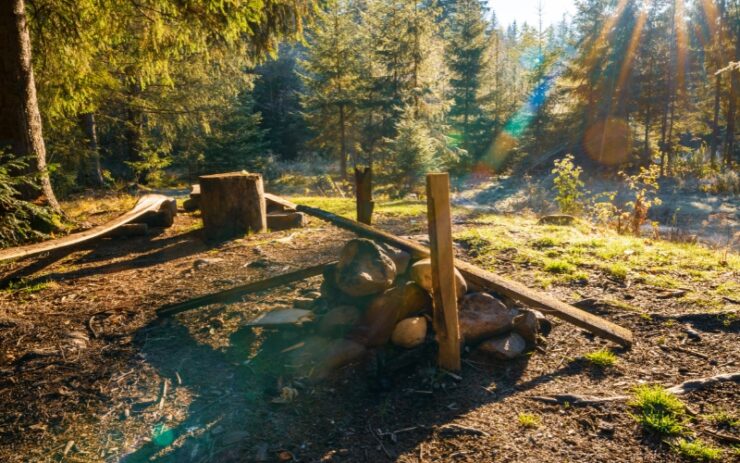
Safety should always be your top priority. Before you begin, choose a spot at least 10 feet away from flammable items such as trees, tents, and branches. Take the wind direction into consideration, as this will prevent it from spreading and minimize the risk of a wildfire.
Look for a clear, level area free from overhanging branches, and ensure the fire pit is placed on a non-flammable surface, like bare dirt or rocks. It is also important to keep the ring and the surrounding area free from any leaves, pine needles, or other flammable materials to prevent potential spreading.
2. Gather Dry Firewood and Kindling
Gathering dry firewood and kindling is important in starting a successful fire. Wet or green wood is difficult to ignite and produces a lot of smoke, so it’s best to use dry materials. You can bring your wood or gather it from the area, but follow local regulations and guidelines.
Consider splitting larger pieces of wood into smaller sizes, making them easier to ignite and reducing the amount of smoke produced.
3. Build a Fire Ring

Building a ring or designated space is crucial in preventing the fire from spreading and minimizing the risk of danger. Use rocks, bricks, or metal to create a ring around the pit and ensure it is placed on a non-flammable surface.
A fire ring provides a clear and designated area for the fire, making it easier to manage and enjoy. That will also help you control the size and prevent it from spreading beyond the ring.
4. Use a Fire Starter
Using a fire starter like dryer lint, newspaper, or matches can make starting it much easier and more successful. Avoid using flammable liquids, like gasoline, which can be dangerous and increase the risk of starting a wildfire. Instead, a starter will help ignite the kindling, and you can add larger pieces of wood to keep it burning.
5. Place Larger Logs Over Kindling
Once the kindling is ignited, it’s time to add larger logs. Place them over the kindling in a teepee-like structure to allow air to flow and feed the fire. Make sure to add the logs slowly, allowing time for them to grow and establish themselves before adding more wood. Consider using a fire-starting log or starter cubes, which are specially designed to help to ignition.
6. Start with a Small Fire
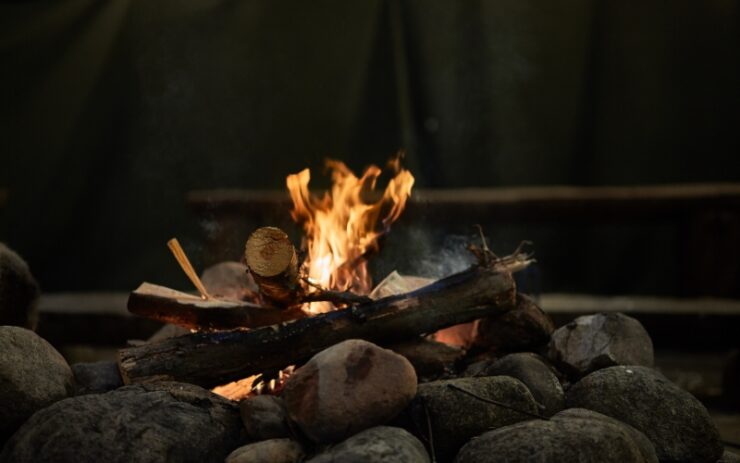
Starting with a small fire is a good idea, as it is easier to manage and less likely to spread. You can always add more wood as needed as it grows. Keeping it small also reduces the risk of getting out of control and causing any risks. It is also important to keep the ring clear of any flammable materials, as this will help to prevent the fire from spreading.
7. Avoid Accelerants
Avoid using lighter fluid or gasoline accelerants since they can be very dangerous. Additionally, they can give off toxic fumes that can be harmful to breathe in. If you need to ignite it quickly, consider using a safe solution, such as dryer lint, newspaper, or matches, which will help you to start it without the need for accelerants.
8. Keep It Under Control
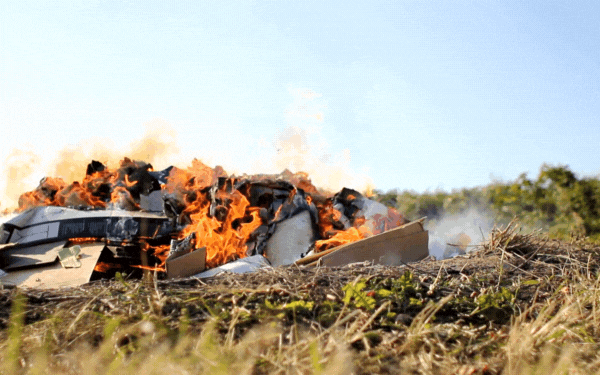
Once the fire is established, it is important to keep it under control and avoid overloading it with too much wood. Adding too much wood can cause it to become too hot and out of control, which can be dangerous and increase the risk of danger.
You should also monitor the fire for any sparks or embers that may escape the fire ring and cause a wildfire. Finally, keep a bucket of water or sand nearby in an emergency so you can put out the fire quickly and effectively.
9. Properly Dispose of Embers and Ash
When it’s time to put out the campfire, do so properly. Pour water on the flames and stir the ashes until they are completely cool. That will help prevent residual heat from rekindling and reduce the wildfire risk. Once the campfire is completely extinguished, you should also scatter the ashes to help prevent the fire ring from becoming a hot spot.
10. Adhere to Local Rules and Regulations
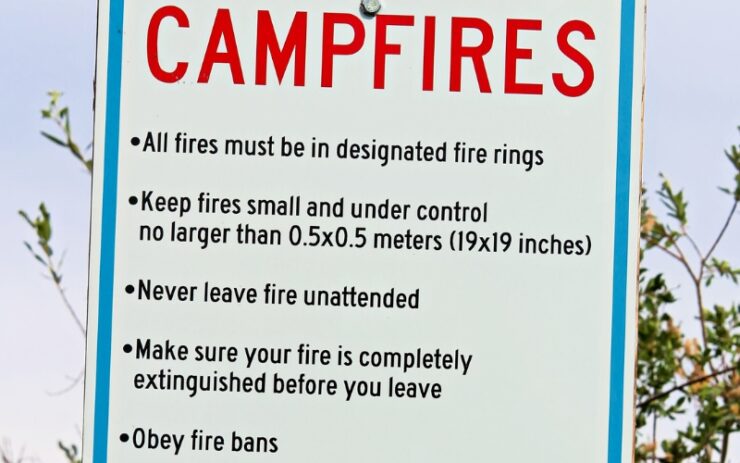
Before starting a campfire, familiarize yourself with the local rules and regulations. That may include restrictions on firewood gathering, campfire size, and designated campfire hours. Adhering to these regulations and guidelines can help protect the environment and prevent a wildfire risk. Always prioritize safety, follow local rules and regulations, and be responsible when starting and managing a campfire.
Last Words
Campfires offer a unique and special experience that can bring people together and create memories that will last a lifetime. Whether you’re roasting marshmallows, telling stories, or simply enjoying the warmth and ambiance of a fire, campfires provide an opportunity to connect with nature and each other.
However, it is important to remember that starting a campfire also comes with responsibilities and obligations. Following the tips outlined in this article ensures that your campfire experience is safe, enjoyable, and responsible.
You have to prioritize safety and always be mindful of the impact on the environment. That means following local rules and regulations, properly disposing of embers and ash, and being mindful of the fire’s size and intensity. By taking these steps, you can help protect the environment and prevent a wildfire risk.
In conclusion, campfires offer a unique and special experience that can bring people together and create memories that will last a lifetime. Following the tips outlined in this article ensures that your campfire experience is safe, enjoyable, and responsible. So gather your friends and family, grab some marshmallows, and enjoy the warmth and ambiance of a campfire.

I love to explore the outdoors, cook over a campfire and pitch a tent. I want to share my adventures with you by writing articles, taking pictures, and sharing videos.


